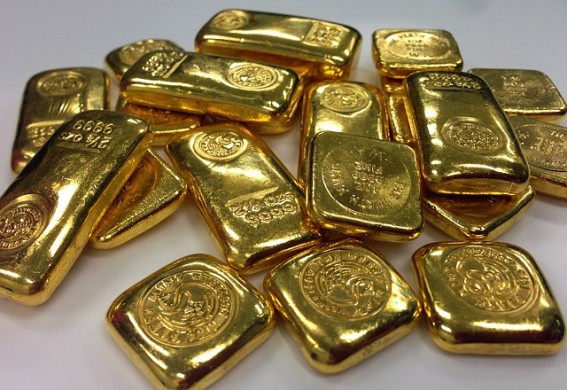It might have been a better day for Glencore’s (LSE:GLEN) share price and the FTSE 100 if the former had not had to publish its Q2 and H2 operations and financial report. The mining giant’s share price dropped by 9.74% to close at 158.95, continuing a decline that began a year ago on 25 July 2014. At that time, Glencore was trading at 377.50.

By January 2015, Glencore shares had plummeted to 240.00, pushing back above the 300.00 mark in mid-April. It remained above 300.00 for just a few days before dropping like an Acapulco cliff diver, starting its descent during the first week of May, hitting its all-time low today, dealing a £1.4 billion blow to its market cap and to the FTSE.
Today’s decline was in response to a reported 29% decline in EBITDA for the first half, with $4.6 billion compared the $6.5 billion in H1 2014. The company blamed the decline on weakening commodity prices. Although CEO Ivan Glasenberg did not mention it in his report, analysts who are looking at the big picture are warning that diminished demand from China is also to blame, at least to some extent.
(I personally recommend that analysts, investors and the media keep one eye on China during the rest of the year. Tremors from the Chinese moves to bolster its flailing economy are already sending ripples through industries and national economies around the globe. Now that China has experience great economic power, we should expect that they will take whatever measures necessary to retain it, regardless of what it costs others.)
The FTSE 100 closed at 6,403.45, down 122.84 points, the lowest it has been since 15 January. It has been in decline since it passed 7,100.00 in late April. By comparison, whilst the FTSE is down more than 3% in the past 12 months, the mining sector is off by more than 40%. Likewise, oil & gas is down over 25%. This is significant relative to Glencore because, in addition to mining, it also invests in the energy sector.
The world markets are beginning the feel the pressures of the tangled webs that have been woven in the world of investments and trade. Depending on the news d’jour, we tend to blame one company, one sector, on one economy for the ills of that day. I believe, however, that we are no longer always able to clearly discern what the driving economic forces really are. In this case, one of the reasons for the decline is commodity prices is, in fact, the decline in the Chinese demand. So, which is to blame? Or is Glencore to blame for its own performance.
I return to my basic philosophy that our responsibility to is play the cards we are dealt to the best of our ability and respond to outside circumstance as best we can.
To that point, Glasenberg said that, “Against a challenging backdrop for many of our commodities, we have taken a range of pre-emptive actions in respect of our balance sheet, operations and capital spending/recycling in order to preserve our current credit rating and sustain our track record on equity distributions.”


 Hot Features
Hot Features













